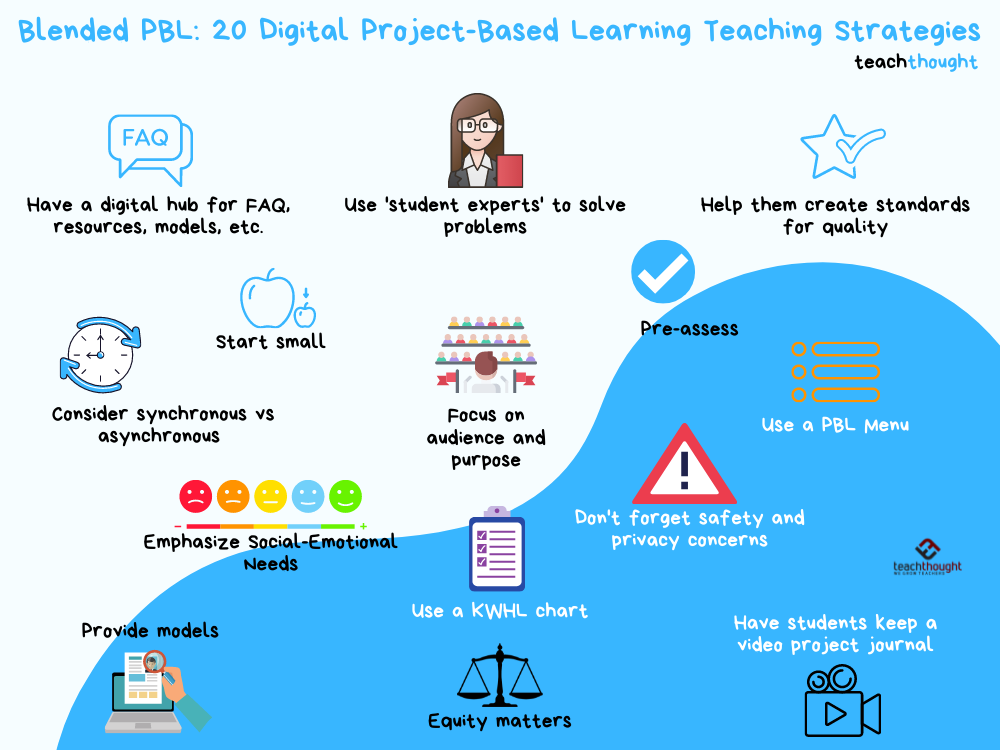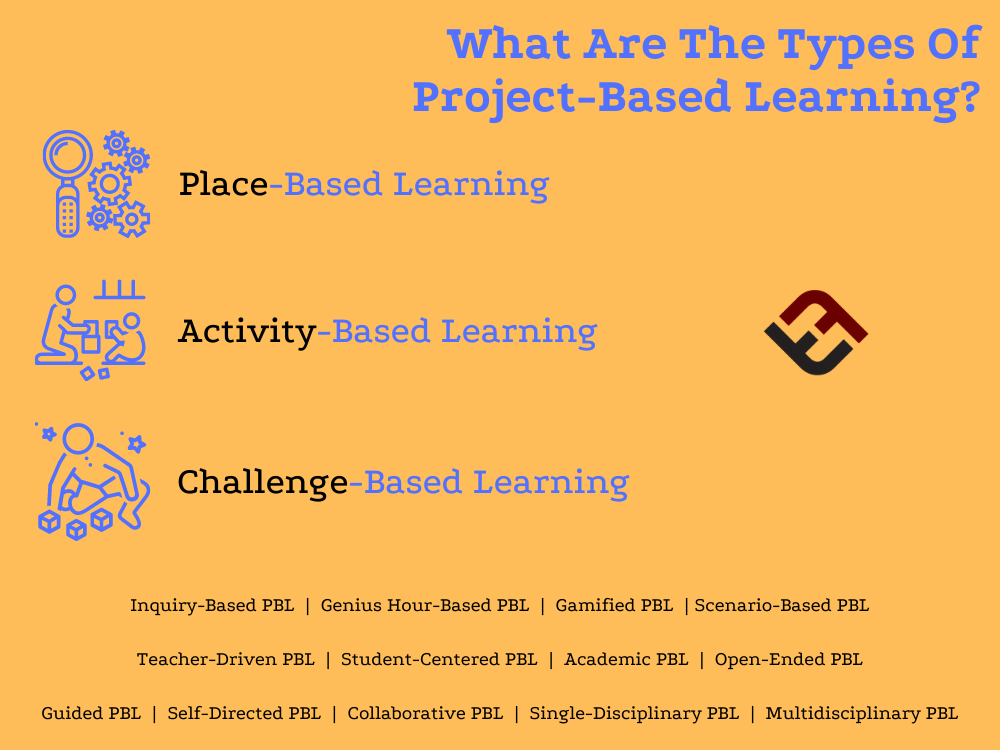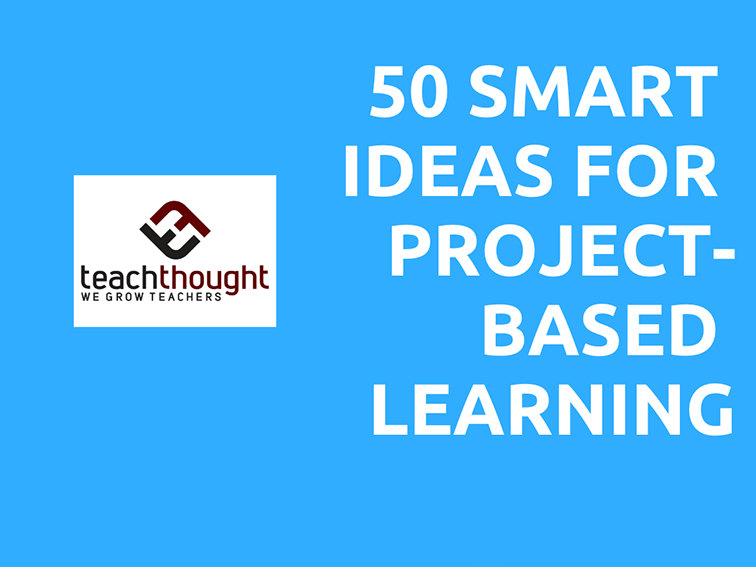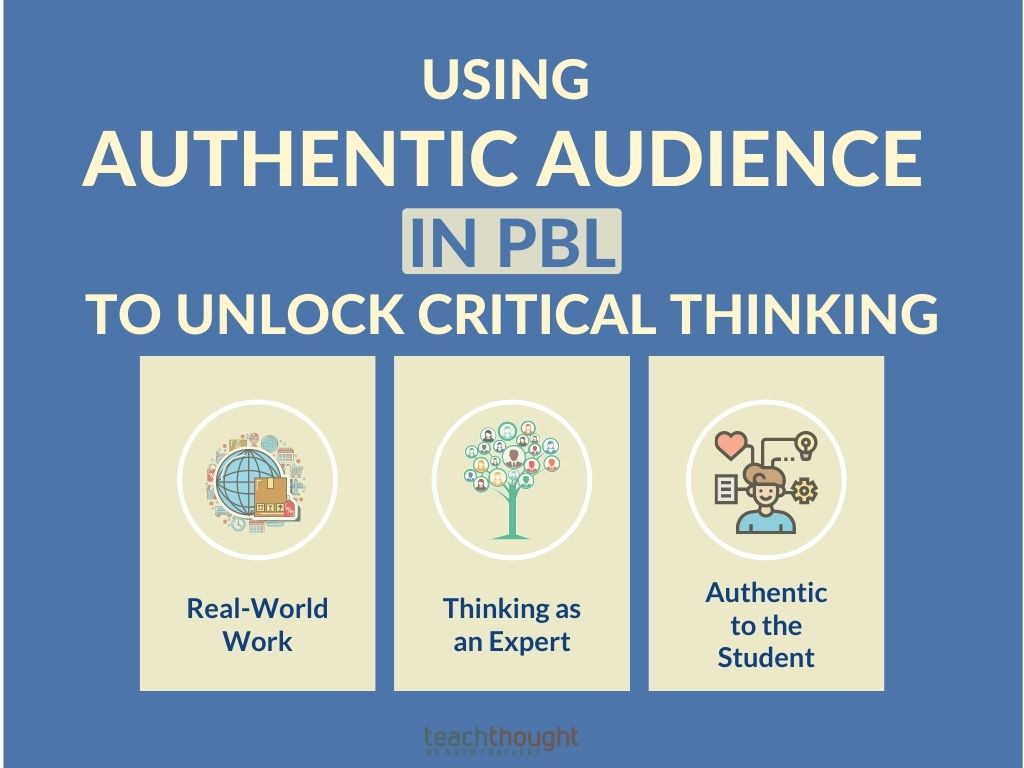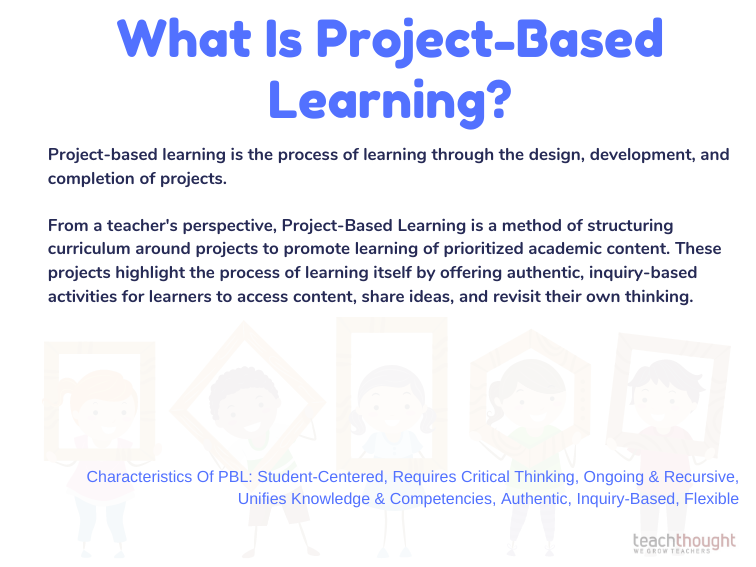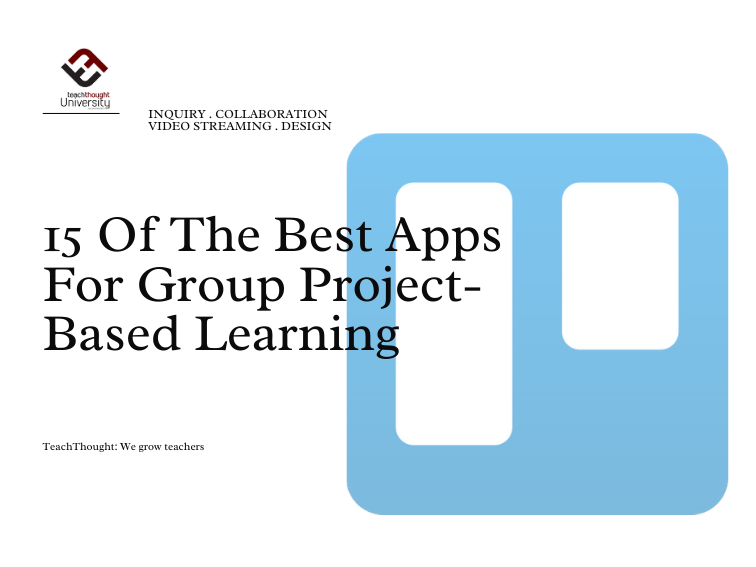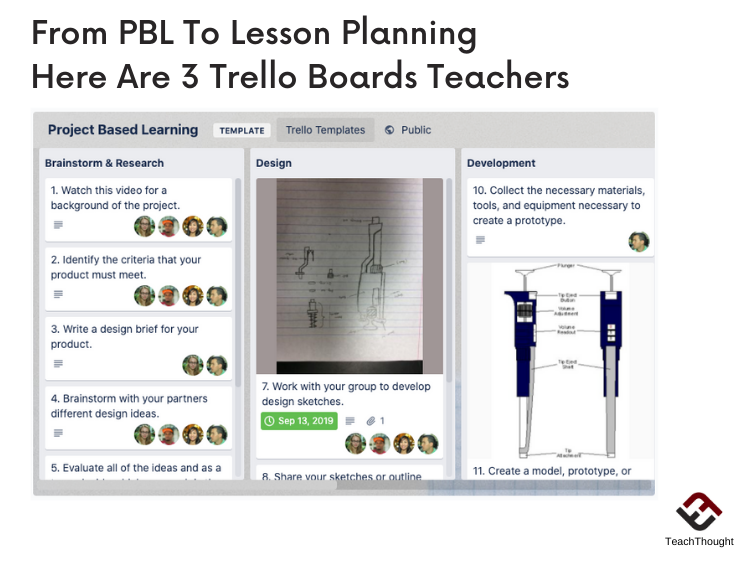Tag: Project-Based Learning
Blended PBL: 20 Digital Project-Based Learning Teaching Strategies
Consider flipping your teaching so students work on some parts of the project offline and use online time for coaching and support.
Conversation: Building Knowledge Through Project-Based Learning
One could reasonably cite the complexity of constructivist teaching and learning as a reason to default to more traditional teaching methods.
What Are The Different Types Of Project-Based Learning?
From place-based education to challenge-based learning, different types of project-based learning symbolize its evolution as a learning model.
50 Smart Ideas For Project-Based Learning
The genesis of a great project is the idea itself — we’re providing you with 50 smart ideas for project-based learning in…
Using Authentic Audience In PBL To Unlock Critical Thinking
With an authentic audience in PBL, inquiry can help students ask important questions like, ‘Who is our audience and what are their…
What Is Project-Based Learning?
Project-based learning is the student-centered process of learning through the design, development, and completion of projects.
20 Of The Best Apps For Project-Based Learning
From project-planning and design to ideas for projects to video streaming, here are some of the best project-based learning apps.
5 Of The Best Trello Boards For Teachers
While we’d love to create a few templates of our own, here five of our favorite Trello boards for teachers we’ve found.
